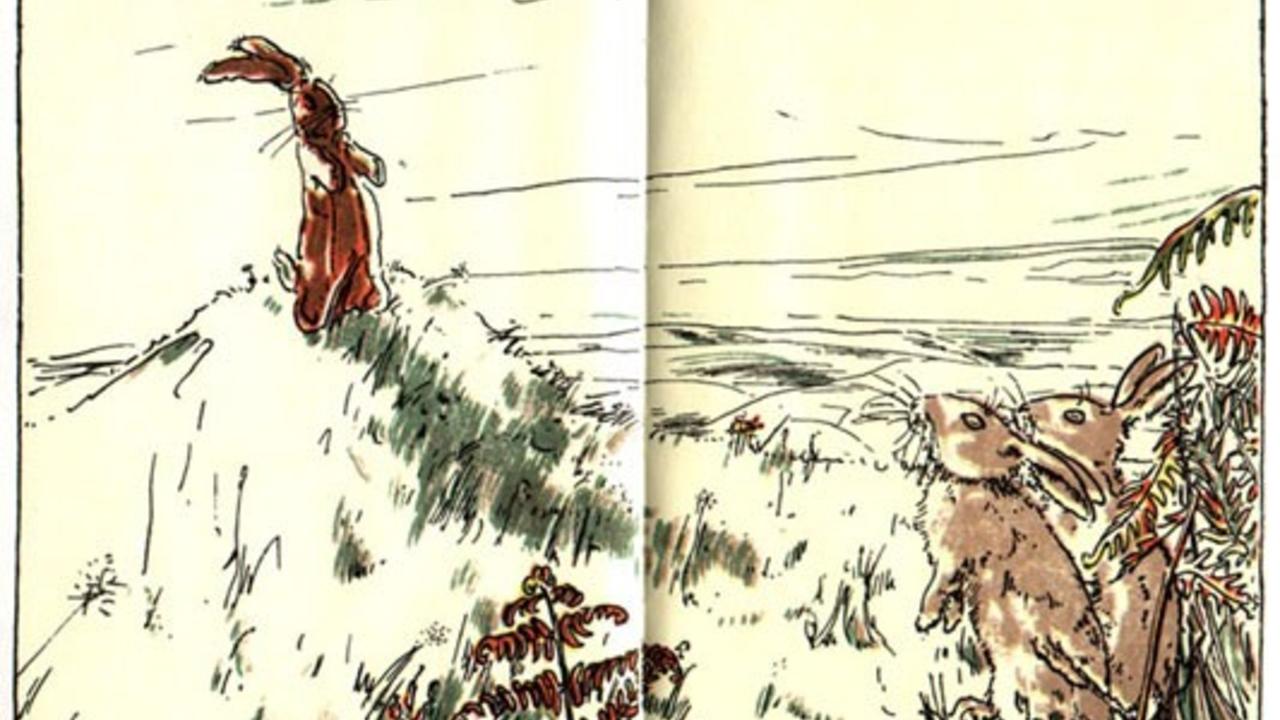Take me to “A Catholic’s Guide to Self-Help”
By Ruth O’Neil
If you’re a parent, you may be familiar with the classic story of The Velveteen Rabbit. The story addresses the important question of what it means to be “real” in the context of a tale about playthings in a child’s nursery. Throughout the work, “real” is described as a coveted state of being, something all playthings wanted to become, and a stuffed rabbit’s own journey to becoming a real bunny. The story encourages us to consider what “being real” means in our own lives, and how we go about getting ourselves there.
Understand What “Real” Means
According to Merriam-Webster.com, real is defined as “actually existing or happening, not imaginary, not fake, false or artificial. Important and deserving to be regarded or treated in a serious way.” Some similar words that come to mind are genuine, authentic, honest, approachable, and the phrase “what you see is what you get”. The common thread in all these ideas is the idea of “being” and not “doing”. It doesn’t seem that we can make real or do real; instead, we have to be real.
It’s important to remember that we’re first and foremost made in the image and likeness of God. The Catechism of the Catholic Church reminds us that “being in the image of God, the human individual possesses the dignity of a person, who is not just something, but someone.” (CCC 357)
St. John Paul II reinforces the same idea in his encyclical letter, Centesimus Annus, “beyond the rights which man acquires by his own work, there exist rights which do not correspond to any work he performs, but which flow from his essential dignity as a person.”
To be real, we have to exist, which means we have to show up. We must be our authentic selves, shedding the mask or image we want to portray.
Accept Suffering as Part of “Real”
As the Velveteen Rabbit ponders being “real” in the story with his friend the Skin Horse, he asks if being real hurts. Answering honestly, the Skin Horse said, “Sometimes, but when you are Real you don’t mind being hurt.”
When we are real in our own lives, it sometimes does hurt. It might hurt when others don’t understand our “real”. Sometimes, we are hurt by the assumptions or expectations others have of us. Sometimes, we are hurt by the expectations or assumptions we have of others. Either way, when our “real” bumps up against the “real” of someone else, there is a possibility of misunderstanding, which can hurt. Having the ability to “not mind being hurt” by letting it go and moving on is important.
Jesus Christ, in His human nature, is completely authentic and real, as is Our Lady, in her perfect following of God’s will in her life. Both not only “didn’t mind being hurt” but embraced the suffering that plays the central role of our own redemption. As Catholics, we are constantly called to take up our cross to follow Him. These little crosses of misunderstanding that come with being real can have redemptive value in our own lives.
Recognize “Real” Isn’t Always Pretty or Easy
Continuing his conversation with the Rabbit, Skin Horse helps us understand why some individuals struggle with being real when he says, “(real) doesn’t happen often to people who break easily or have sharp edges or who have to be carefully kept.”
It seems being real is difficult for people who are fragile, rigid, or complicated. To be real, we need to find a strength that comes from knowing who we are. We need to know our unique combination of gifts and talents. When we are real, we don’t proudly claim these gifts as our own creation. Instead, we understand that our Creator put this unique package together for a specific purpose and humbly accept our part in that purpose. Real is being patient and approachable; a soft place for people to land. Being real is being simple, not difficult to be around, and also knowing the universe doesn’t revolve around us.
Finally, being real not only requires us to know who we are, but it also requires that we know who we are not. Skin Horse explained to the Rabbit, “Generally, by the time you are real, most of your hair has been loved off, and your eyes drop out and you get loose in the joints and very shabby. But these things don’t matter at all, because once you are real you can’t be ugly, except to people who don’t understand.”
Being real is also knowing who we are not. It’s accepting that we all come with a bit of “shabbiness”. Being real is realizing that we actually don’t know everything, and that we definitely can’t do everything. It’s admitting that we have limited physical and emotional energy. It’s knowing that we have blind spots, weaknesses, and frailty. Being real is admitting and accepting that we are merely human, yet made in God’s image with great potential.
Saint Catherine of Siena reminds us of this potential in her prayer, “In your nature, O eternal Godhead, I shall know my own nature.”
About Ruth O’Neil
 Ruth is a Certified Life and Strengths Strategies Master Coach and People Acuity Specialist, with additional certifications and licensing in Effective Communication, Marriage and Family, Boundaries, Spiritual Formation, Strengths Strategies for Optimal Living, Strengths Strategies for Optimal Families, and Faith-based Community Building. She has several professional memberships and participates in challenging and inspiring thought leader groups, such as People Acuity and Strengths Strategies, Soar, The International Christian Coaches Association, and Local Women Entrepreneurs Mastermind. For more information about her services, please visit Ruth O’Neil Coaching.
Ruth is a Certified Life and Strengths Strategies Master Coach and People Acuity Specialist, with additional certifications and licensing in Effective Communication, Marriage and Family, Boundaries, Spiritual Formation, Strengths Strategies for Optimal Living, Strengths Strategies for Optimal Families, and Faith-based Community Building. She has several professional memberships and participates in challenging and inspiring thought leader groups, such as People Acuity and Strengths Strategies, Soar, The International Christian Coaches Association, and Local Women Entrepreneurs Mastermind. For more information about her services, please visit Ruth O’Neil Coaching.
